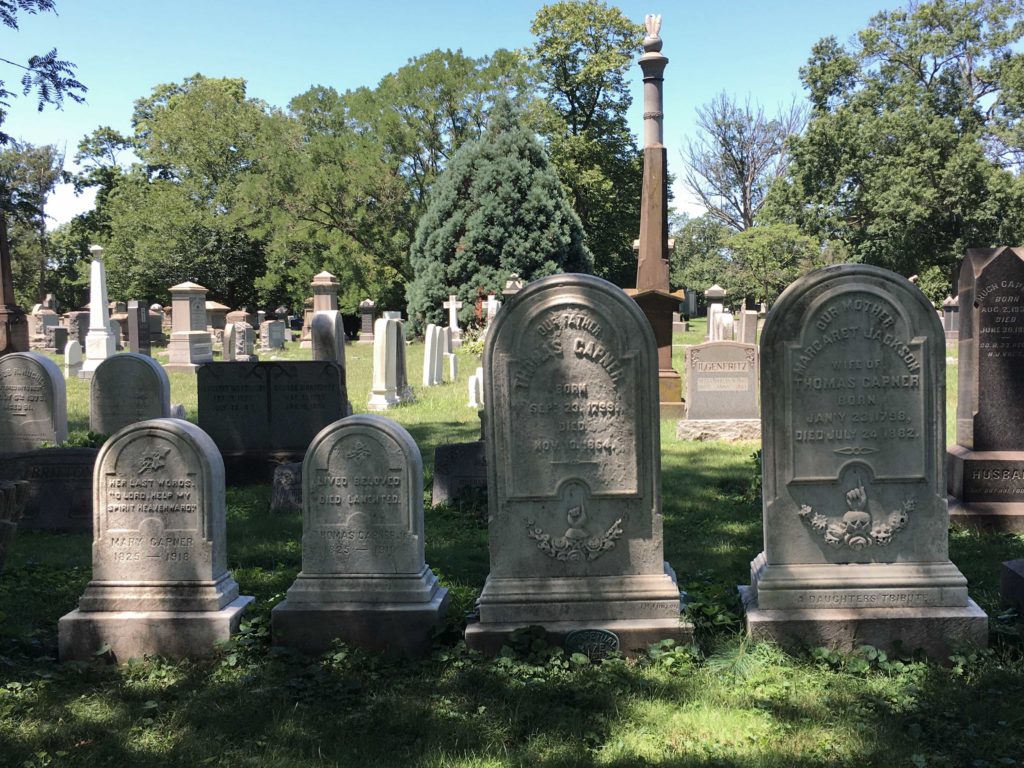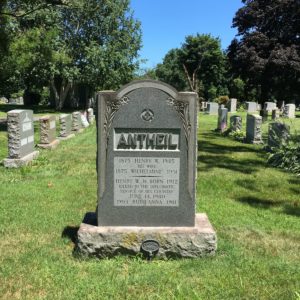Discovery in the Western Front Trenches has accounts from World War I soldiers of archaeological finds during wartime. Only a few stories are on the site so far. For an example of an archaeological excavation of an actual World War I trench system, see the Hill 80 Project.
Professional Baseball Player Becomes Semi-Pro Archaeologist
Former MLB relief pitcher Brad Lidge is most famous for his perfect season in 2008, when he went 48 for 48 in saves, including closing out the Philadelphia Phillies’ victory in Game 5 of the World Series. Since retiring from baseball in 2013, Lidge has earned a Master’s Degree in Roman Archaeology from the University of Leicester (thesis: Nails: An Underutilized Tool in Ancient Roman Archaeology), and has worked on excavations in Italy and England. Will he continue on for the Ph.D.? See the story in USA Today.

Harrison Ford’s Childhood Home Is For Sale Near Chicago

The circa 1920s Tudor-style house that Harrison Ford lived in as a child is for sale in Park Ridge, Illinois, (not far from O’Hare International airport, if you want to fly in to take a look at the place) for only $400,000. The yard needs work, but, contra the realtor, there’s no apparent need for a gut rehab – though there’s no photos of the 1.5 baths, so who can say how bad they might look. The rest of the interior, however, does seems to postdate the 1940s-1950s, when Ford lived there (the reports are vague about exactly when the Ford family lived there). Harrison’s bedroom was the one with balcony, according to Architectural Digest. The basement, where Ford’s father accidentally cut off his own finger, is still unfinished. Ford graduated from nearby Maine East High School in 1960 (a few years after actress Karen Black graduated, and just before Hillary Rodham Clinton attended), and left Illinois to head north to Ripon College in Wisconsin, and then west to California.
Irish Folklore Collected by Schoolchildren in the 1930s

In the 1930s, schoolchildren in Ireland set out to write down local folklore, history, and mythology, like the story of Crom Dubh. Ireland’s National Folklore Collection has now put a massive collection of these Irish folktales and oral history online.
Approximately 740,000 pages (288,000 pages in the pupils’ original exercise books; 451,000 pages in bound volumes) of folklore and local tradition were compiled by pupils from 5,000 primary schools in the Irish Free State between 1937 and 1939.
This collecting scheme was initiated by the Irish Folklore Commission, under the direction of Séamus Ó Duilearga and Séan Ó Súilleabháin … For the duration of the project, more than 50,000 schoolchildren from 5,000 schools in the 26 counties of the Irish Free State were enlisted to collect folklore in their home districts. This included oral history, topographical information, folktales and legends, riddles and proverbs, games and pastimes, trades and crafts. The children recorded this material from their parents, grandparents, and neighbours.
Read some of the stories (and admire the handwriting) at The Editors’ Picks, or search the entire Schools’ Collection.
Radiotelephone Service to Europe and Beyond: The Pole Farm in Lawrence, New Jersey

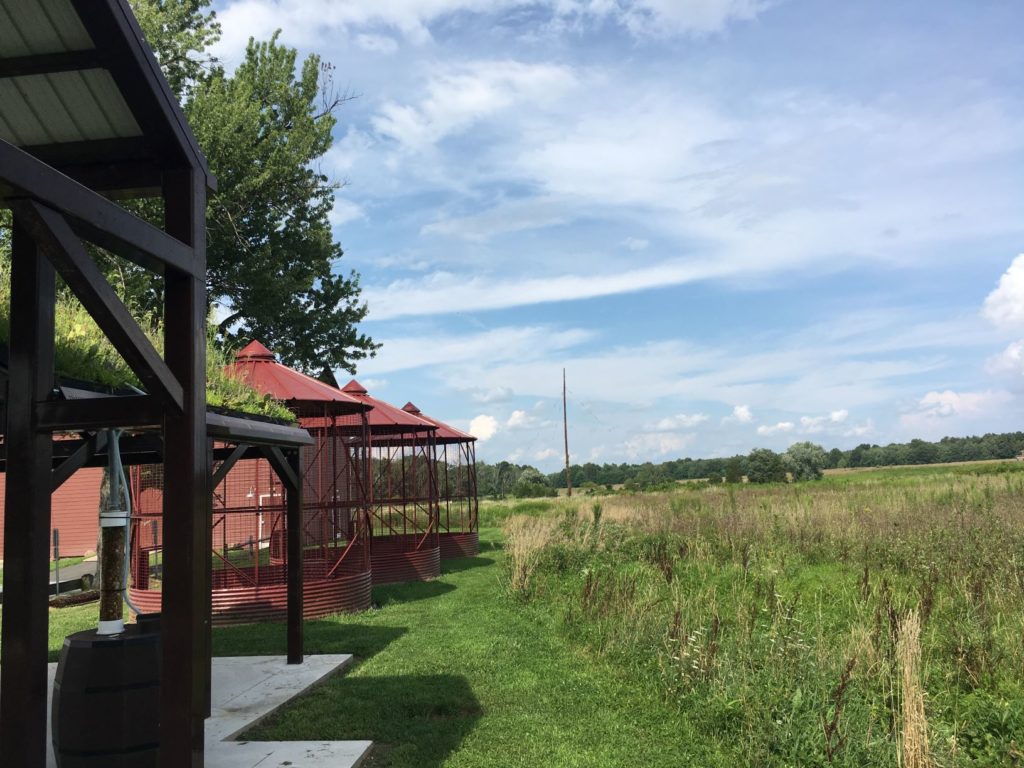
The original telephone system connected phones by copper wire strung up on poles. These “land-lines” faced a problem when confronted with obstacles like the Atlantic ocean, so it was not possible to connect the phone systems of distant countries. In the 1920s, AT&T developed a way of using short wave radio to transmit telephone signals over long distances without wires. In 1928, AT&T bought several farms in Lawrence, New Jersey, cleared the land, and began building a vast antenna array for trans-Atlantic telephone calls. The facility, officially called the American Telegraph & Telephone International Radio Telephone Transmission Station, was only responsible for calls originating in the United States. A separate facility in Netcong, New Jersey, received incoming calls from overseas.
The Lawrence station became known as the Pole Farm because the rhombic antennas that AT&T installed at the site were arranged in a diamond-shaped pattern on wooden poles up to ten stories tall. Each antenna covered 10 acres and connected New Jersey and the rest of the U.S.A. with a single city in Europe, North Africa, the Middle East, or South America. Hundreds of these poles were arranged over the 800 acre facility. Open areas between the poles were leased to farmers, who had to plow around the many antennas.
Fewer than 50 calls were made on an average day in 1929, in part because a three-minute call to England cost over thirty dollars. The station, however, allowed almost instantaneous communication across the Atlantic Ocean (once trained telephone operators had arranged the connection). By the 1960s, however, international calls were more affordable and over 16,000 telephone calls were transmitted daily through the Pole Farm.
The Pole Farm shut down in 1975, replaced by undersea cables and satellites. Where once there were hundreds of wooden poles, there is now only one. That pole, which once transmitted phone calls to Israel, survived because the farmhouse next to it used it as a lightning rod.

Two buildings, imaginatively named Building One and Building Two, bracketed the antenna field. Both buildings have been demolished, but a memorial to the facility, built over Building One, includes a large concrete and stone map set into the ground, showing the layout of the antennas around the time of World War II. Each antenna is labeled with the city to which it transmitted phone calls.

The Pole Farm is now part of the Mercer Meadows county park and features restored grasslands, nature trails, and interpretive signs.
Reference:
Yearley, Alexandra
2013 “Pole Farm” remembered in Mercer Meadows plans. https://communitynews.org/2013/02/01/pole-farm-remembered-in-mercer-meadows-plans/
Albany Rural Cemetery
Founded in 1844, the Albany Rural Cemetery is listed on the National Register of Historic Places. I don’t normally seek out cemeteries, but this is the second major rural cemetery I’ve visited in the last month or so.
President Chester Arthur is the most famous resident. New Jersey governor and U.S. Supreme Court justice William Paterson (namesake of the university in New Jersey) is also buried here.
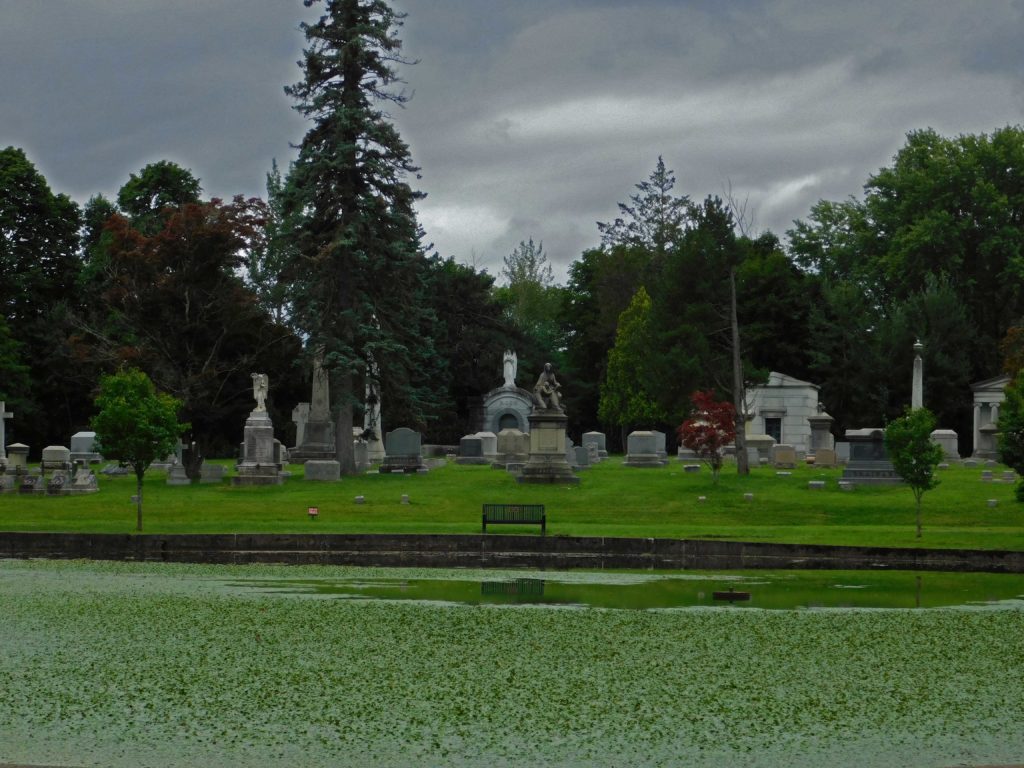
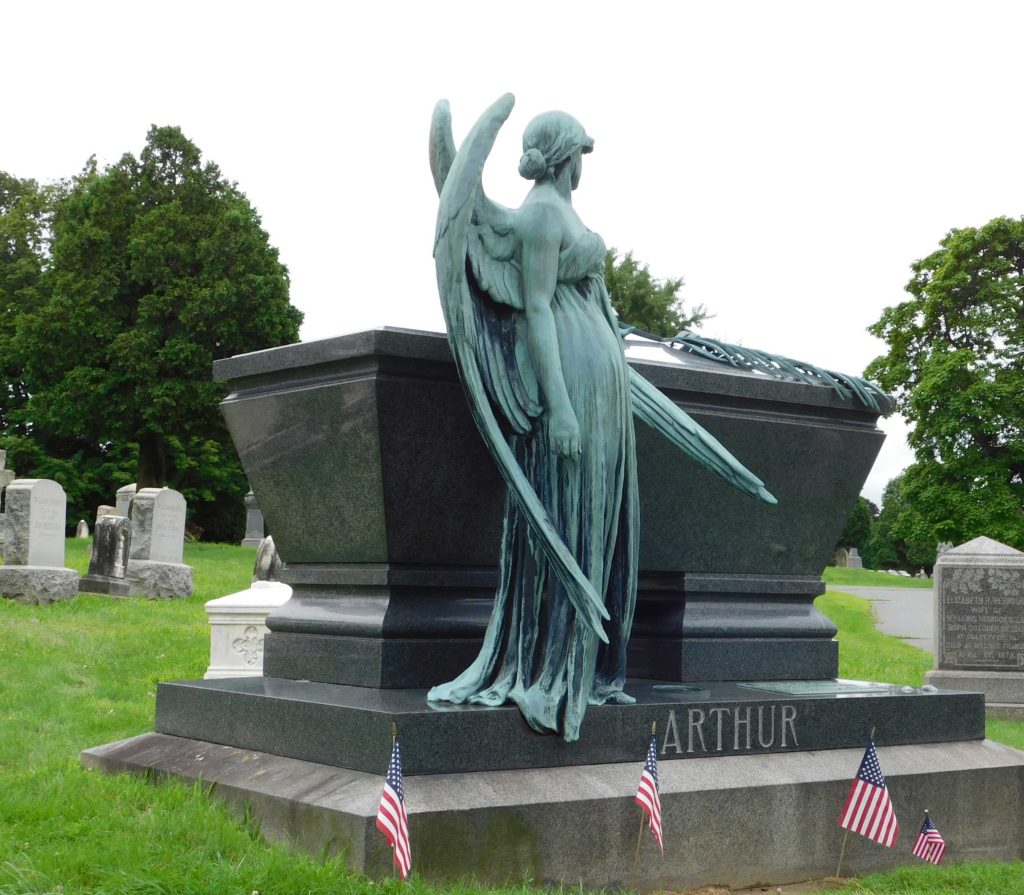
Zooarchaeology for Free: Antiquity’s Online Collection
Pet cats, hunting dogs, and underwater mammoths: the journal Antiquity has assembled a group of recent zooarchaeology articles and made them freely available on their Online Collections page.
Biking Route 66
The Adventure Cycling Association and other groups are developing a bicycle trail along the route of historic Route 66.
Stephanie Garber owns an RV park in Carthage, Missouri, along USBR 66. Although most of her customers arrive in motor homes or towing campers, so many cyclists now pass through that she created tent camping spaces specifically for them.
But making the route suitable for cyclists was no small task, and choosing the roads to include on the route meant balancing safety, tourism, and history. In addition to assessing factors like traffic volume and speed limits, staying close to the original highway and its Americana was paramount.
See the rest at Get Your Kicks Biking Route 66
The Kaleva Incident and the Death of Henry Antheil, Jr.
The name Henry Antheil, Jr, is on a tombstone in Riverview Cemetery, but he is not buried there. Henry, the younger brother of avant-garde composer George Antheil, was a Trenton, New Jersey native who joined the U.S. Foreign service as a cipher clerk and was posted in Helsinki, Finland, at the beginning of World War II. Henry Antheil, Jr., could be considered an early American casualty of both World War II and the Cold War.

As the Nazis advanced on Paris, the Soviet Union moved towards taking over the Baltic country of Estonia. On June 14, 1940, the 27 year old Antheil was sent to pick up several diplomatic pouches from the American legation in Estonia’s capital. He then boarded a Finnish commercial airplane, the Kaleva, to return to Finland. Less than ten minutes after the Kaleva took off from Estonia, two Soviet bombers intercepted it and shot it out of the sky. Almost immediately, a Soviet submarine arrived at the crash location and seized the diplomatic pouches. There were no survivors. The plane has never been recovered.
Touring Riverview Cemetery in Trenton, New Jersey
Trenton’s Riverview Cemetery has its origins in a Quaker Burying Ground established overlooking the Delaware River in 1685. This was later incorporated into the Riverview Cemetery when it was created in 1858.

